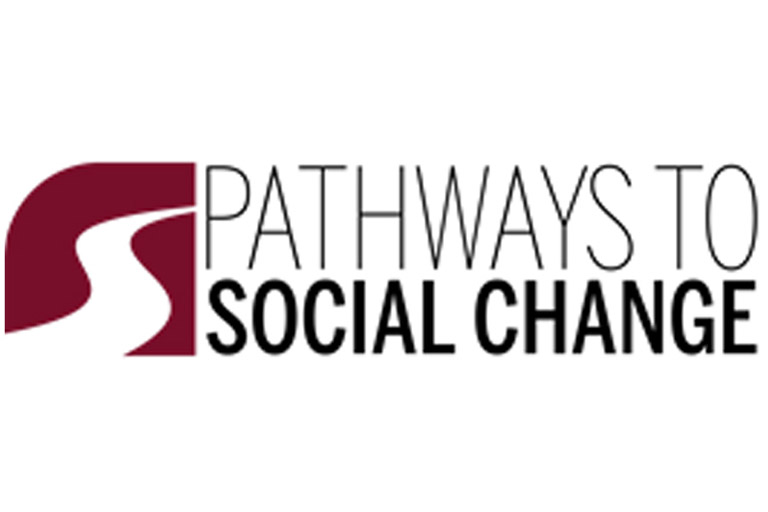On May 1, the Office of the Vice President for Diversity Equity and Multicultural Affairs (OVPVEMA) will work in tandem with Pathways to Social Change to host a one hour Zoom philanthropy education course from Noon - 1 p.m. This event represents OVPDEMA’s commitment to building a leadership pipeline, enhancing research and academic engagement, and fostering donor investment. Learn what social change means to you and to your communities.
“[This event] Allows us to showcase that and talk through our process with a wider audience, particularly with the students, staff, and faculty members associated with OVPDEMA,” Kim Williams-Pulfer, a postdoctoral research appointee in the Mays Family Institute on Diverse Philanthropy said. “Which is interesting because our program focuses on bringing underrepresented students into the fields of law and philanthropy, increasing those numbers and increasing that awareness, and what better way to do that then through OVPDEMA.”
Williams-Pulfer co-founded the program with Patricia Kinney, assistant dean of Diversity and Inclusion within the Robert H. McKinney School of Law, and are interested in how the interdisciplinary framework of law and philanthropy can support social change. According to Williams-Pulfer, the goal of the program is for “students from around the university to engage in those interdisciplinary spaces and think about what social change means for our communities.”
Kinney echoed that statement, adding the program is geared to “students from historically underrepresented backgrounds and encouraging them to pursue and get exposure to fields within philanthropy and the law and social change.”
While Williams-Pulfer and Kinney did not begin the program with the idea of having a specific theme, Kinney says that the collaborative nature of the program between the students, the deans, and the schools themselves allowed for the topic of housing inequality to evolve naturally. The May 1 meeting will focus on housing security in the COVID-19 era.
“The initial summit was very collaborative, community partners and the students worked together on a simulation and learned from each other, and everyone had a chance to talk about their path and how they got there,” Kinney said. “And from there we developed the idea of focusing on housing inequality. It was something that was relevant and something that allowed our students a hands-on opportunity.”
“We are mindful that many students are very interested in finding ways to give back to their communities or to be in professions where they feel like they are doing actual good in the world,” Williams-Pulfer said.


